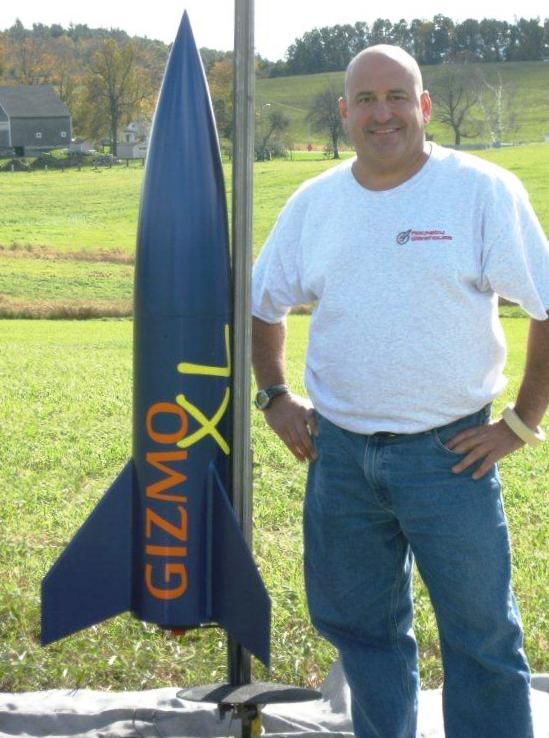NattyDread
Well-Known Member
- Joined
- Jan 14, 2013
- Messages
- 232
- Reaction score
- 0
this is the thrust curve for the engine: https://www.thrustcurve.org/simfilesearch.jsp?id=1619 Here is the regular L730 classic https://www.thrustcurve.org/simfilesearch.jsp?id=1428 I don't understand the significance of the dual thrust. I obviously see that the dual has a really high .75 seconds of thrust, then it sharply reduces. As opposed to a more gradual trail off. Help me understand when I might want to use this or what effect I am looking for on a 8foot, 7.5diameter 25LB rocket (weight with motor)





